Published Date: Nov 01, 2022

As professionals in the high-end furniture industry and with a great deal of expertise in luxury decor, we are often asked about how to tell the quality of a leather sofa. To the untrained eye, the available choices currently flooding the market seem endless, so we don’t find it at all surprising that even the most discerning consumers are easily confused by what’s genuine and what’s not.
We’re on a mission to make sure that you have all the tools you need to ensure that you know as much as possible about the different types of leather and how to recognise them. So from the look and feel of it right down to how it smells and what the label says, here is our guide to picking out the best quality possible.
Because of its durability, look, feel and status, leather is one of the most popular upholstery choices for sofas and has been around for decades. Genuine leather furniture will last for years if properly cared for and maintained, so make sure that you invest in something high-quality right from the beginning.
Most people are unaware that, while a leather sofa may have a label claiming that it is genuine, there are several distinct varieties on the market, each with unique features. Here are six to look out for:
Produced from the top layer of the hide, full-grain leather is the most exclusive (and expensive) available. It can absorb liquids quickly and is susceptible to the sun’s harsh UV rays which can cause it to fade over time. That aside, it’s tough and durable, retains its natural blemishes or “imperfections” and is resistant to tears and splits, making it an excellent upholstery choice for any luxury sofa.
Because of its longevity, top-grain leather is another quality upholstery choice. It comprises the uncut top, and natural grain layer and has a softer texture than full-grain leather while remaining resilient and long-wearing. However, it does tend to reveal any damage that the animal has encountered during its life including scars, branding, insect bites, and stretch marks.
Often simply referred to as “genuine leather”, this 100% leather product lacks the smooth texture that full- and top-grain leathers are known for. It is made from the skin layers that remain after the top is cut away and, because of this, has a harder texture. It is most often used on the backs and sides of furniture pieces where softness is not necessarily required.
Talk to a one of our designers now or book an appointment.

Book A Video Chat
Book a zoom consultation and we’ll advise you on furniture, space planning, wardrobes and more.
Book A Video Chat
Book A Showroom Visit
Let our experts guide you through our 30,000 sq. ft. showroom with over 700 luxury brands under 1 roof.
Book A Consultation
Email, call or book a virtual video chat with our sales team. Ask questions with no obligations.
Chat NowBonded leather has the same aesthetic as other varieties of leather but is far cheaper because it is made by fusing together offcuts using an adhesive agent such as polyurethane or latex. It will never grow smoothly with age but is an excellent alternative if you cannot afford a more exclusive option.
Nubuck is soft, long-lasting, and water-resistant and has a velvety texture that feels a lot like flannel. Made from the top grain of the hide, its napped surface is created by sanding and buffing it to detangle the protein fibres and align them vertically. During this process, it is treated with a liquid-repellent ingredient enabling it to withstand any oil-free spills.
Softer than nubuck, suede has loosely intertwined fibres and is soft, pliable, porous, and difficult to clean. It is made from the splits beneath the top grain of the leather and is suitable mainly as a decorative accent on the backs and arms of sofas or for throw cushions.
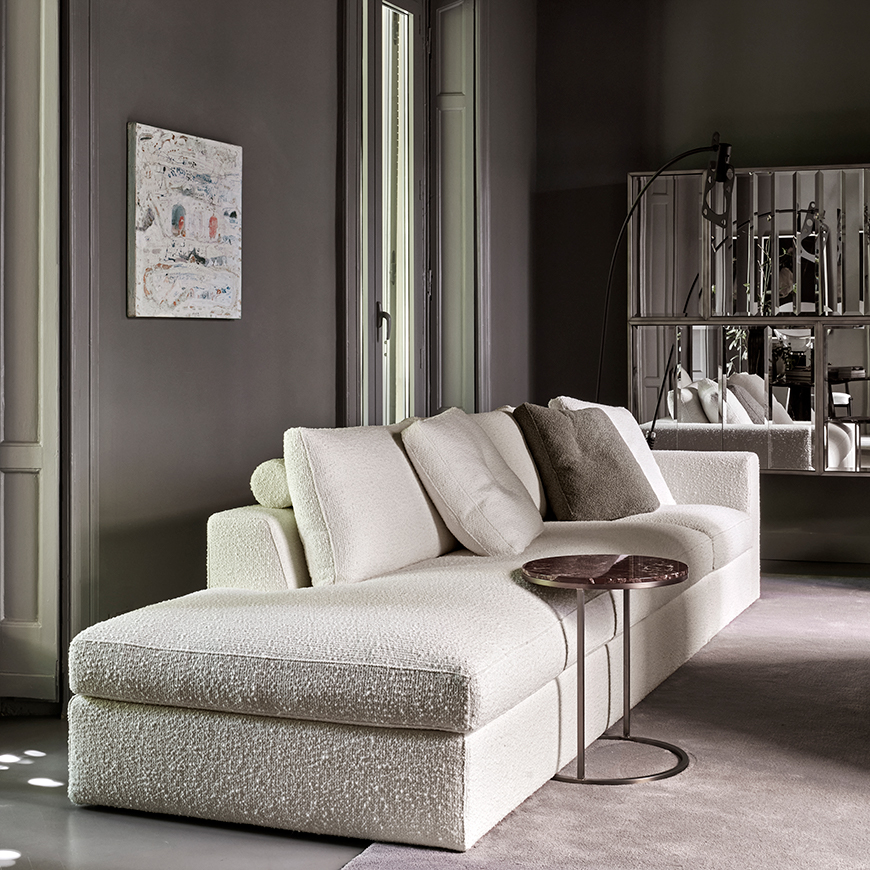
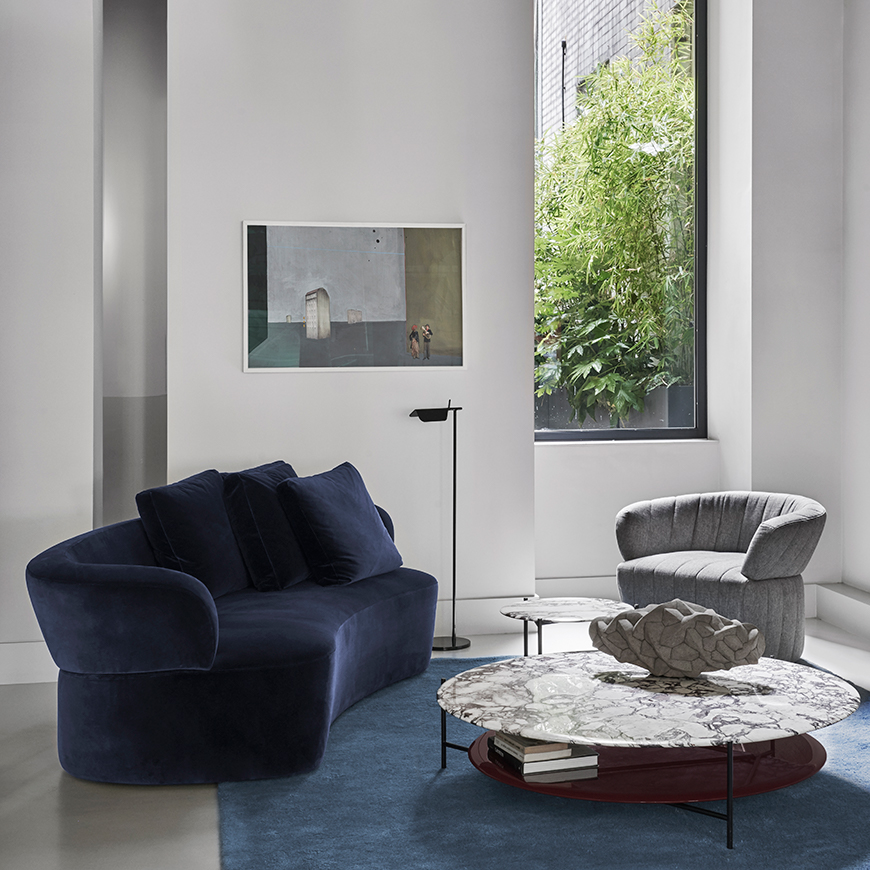
Because there are so many different types of both genuine and synthetic leather and we as consumers are frequently subjected to misleading advertising, picking out the right option for your home can be tricky and confusing. So here is a guide to what to look for in good quality leather furniture:
Step number one is to read the label. Many high-end shops, including FCI London, are proud of the exceptional quality of the leather used by our world-class suppliers, which is clearly stated on all genuine leather products.
Most leather furniture will specify the type of hide used such as “full grain leather” or “genuine leather”, so if you notice ambiguous words like “made with animal products” or “man-made” it’s likely to be synthetic.
Natural animal hides will present visible blemishes and variations in both finish and texture that are referred to as “imperfections”. These give the leather personality and pay respect to the animal’s life. So if you see marks, bites, wrinkles and brandings you know you’re looking at the real thing.
Because it’s an animal hide, genuine leather has a specific texture that is varied and slightly uneven due to its natural blemishes. Faux leather, on the other hand, will feel exceedingly smooth and silky.
Even after multiple tanning processes, genuine leather retains its distinct smell while its synthetic counterparts have an overpowering, unappealing plastic odour.
Because it is a skin, genuine leather will feel warm to the touch. Fake leather, on the other hand, is cold and does not retain heat even after an extended period of time.
Genuine leather is expensive. With lengthy production processes and the amount required to construct a chair or sofa, this fact is inevitable despite any attempt at negotiation. So if you see a “genuine leather” product with a surprisingly low price tag, it’s sure to be fake.
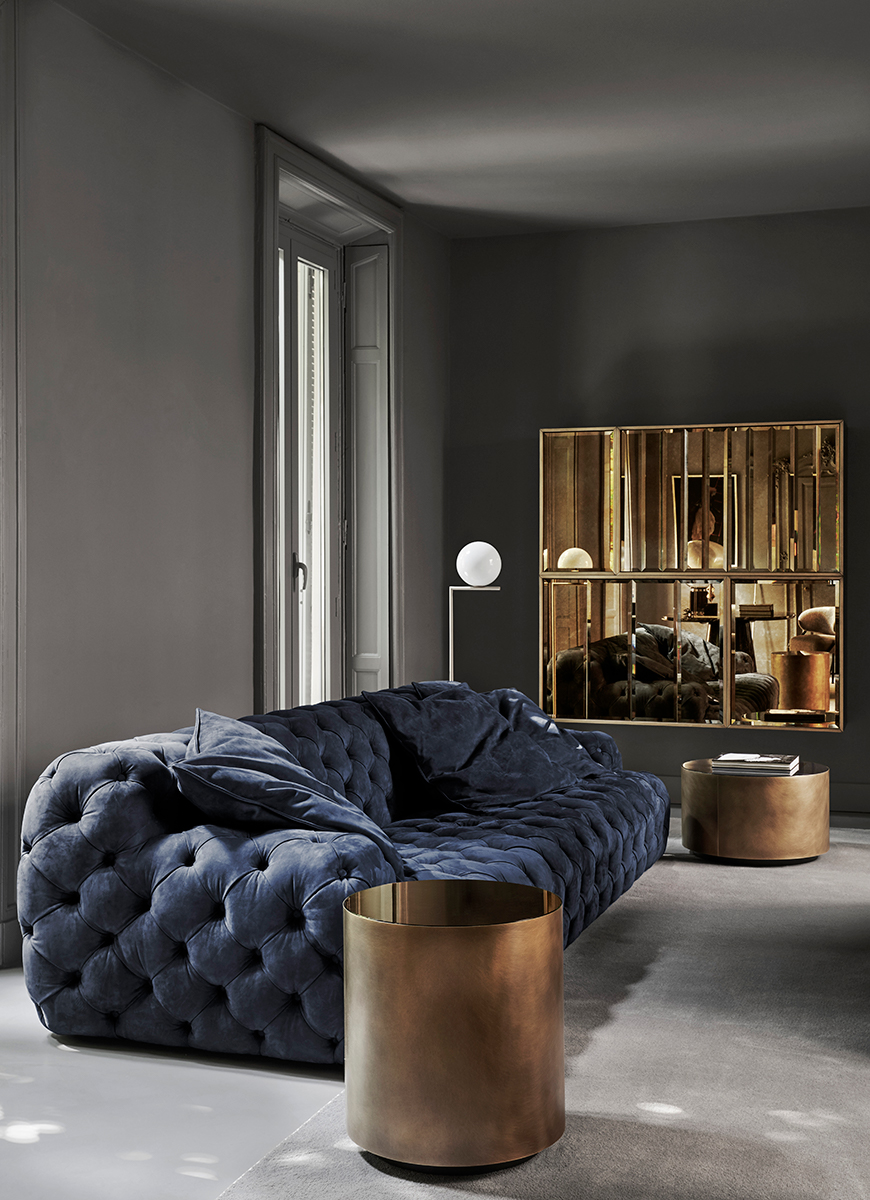
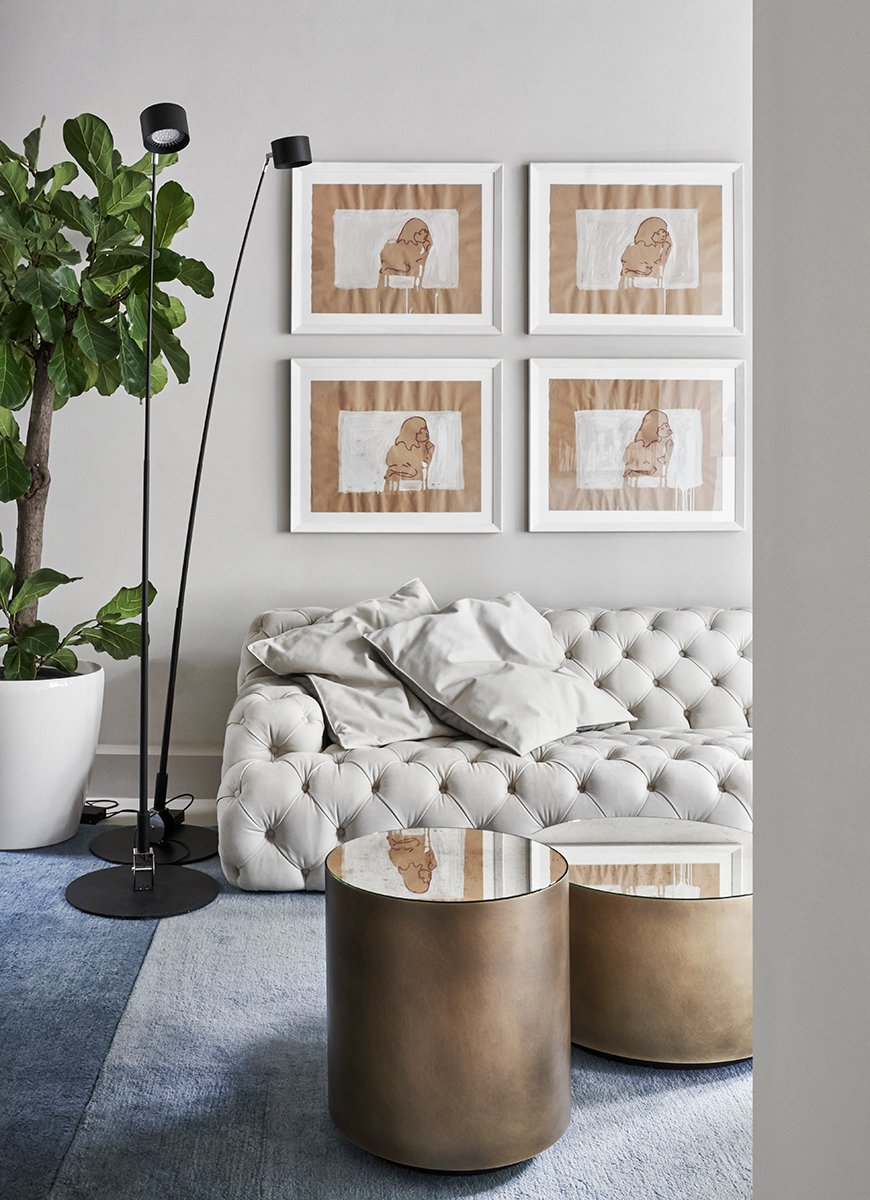
If you’re taking the plunge and are investing in quality leather furniture, try to buy a complete set rather than getting it piece by piece, or it will age at different times. Give the following some consideration before you make a final decision:
While you might be able to tell a quality finish when you see one, the internal construct of your sofa is an entirely different matter. Here are seven pointers to ensure that you find something well worth your investment:
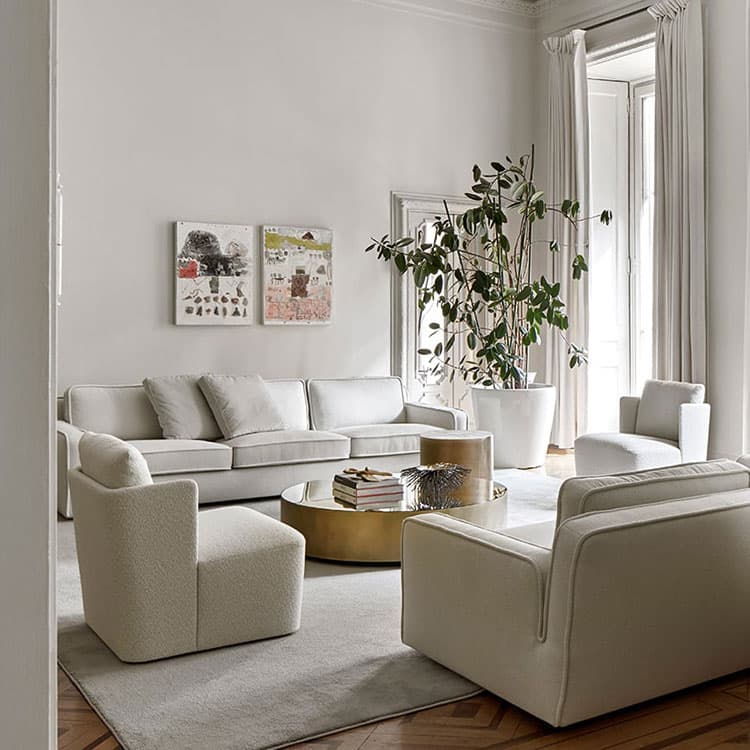
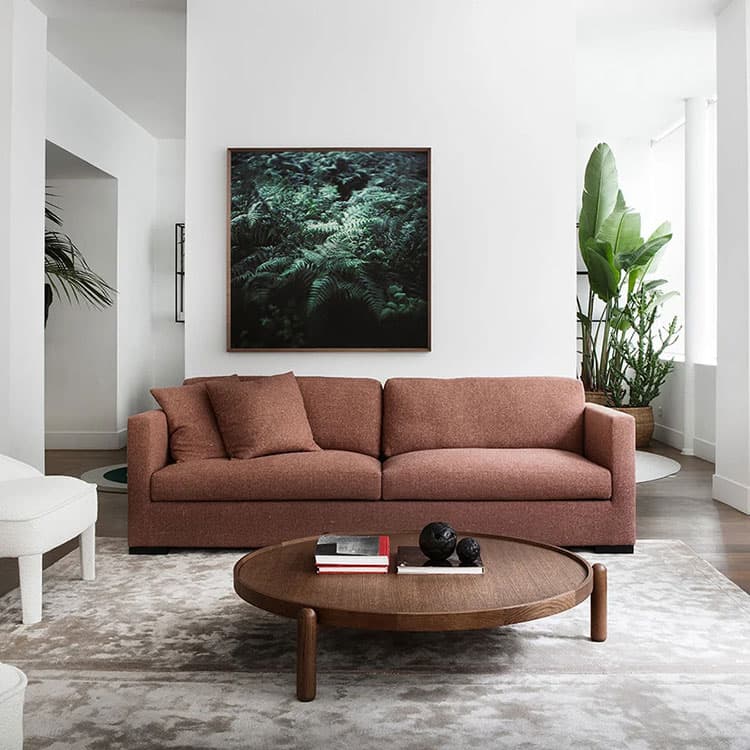
There are so many benefits to buying good quality leather furniture. Here are a few:
Maintaining your leather furniture is much easier than you might think. Here are the basics:
Buying leather furniture is one of the best investments you’ll ever make, but we advise that you get the best quality possible in accordance with your specific budget by asking all the right questions and making sure that you always read the label.
At FCI London, we are specialists in fine leather sofas and have a range that will blow your mind. Pop into our showroom today and let’s get shopping!
Get In Touch
Book A Video Chat
Book a video consultation and we'll advise you on furniture, space planning, colour schemes and much more.
Book A ConsultationVisit Our Showroom
Book a visit to our stunning, multi award-winning, 30,000 sqft.
Over 700 brands under 1 roof.
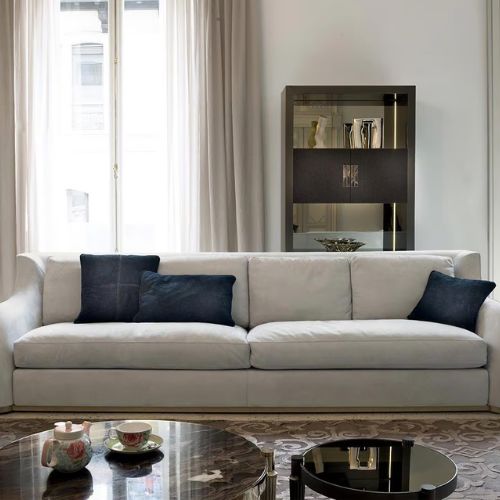
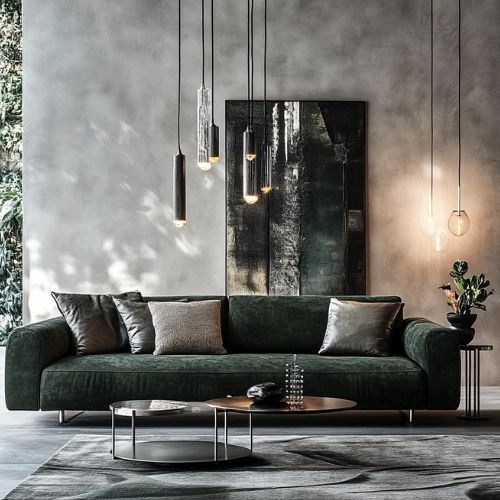


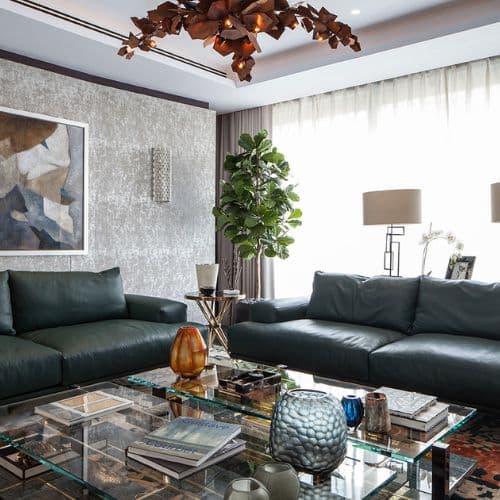
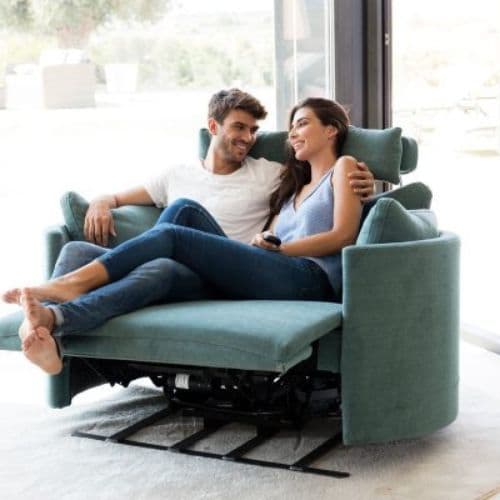
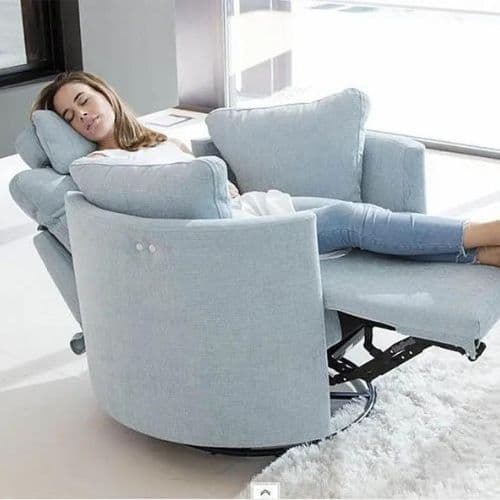

Most Popular on FCI London: Fitted Wardrobes | Luxury Designer Rugs | Luxury Sofas | Luxury Furniture Store | Luxury Interior Designers | Luxury Bedroom Furniture | Luxury Modern Chairs | Luxury Coffee Tables | Luxury Designer Kitchens | Luxury TV Units | Luxury Dining Tables | Luxury Storage Solutions | Luxury Sideboards | Luxury Stools & Bar Stools
Transparency isn’t a policy. It’s a principle.
Have a peek at what our clients really have to say.
